

Matt Campbell
2025 Porsche 911 Carrera T review
5 Days Ago

News Editor
BMW has released images of its upcoming i7 flagship electric sedan undergoing winter testing.
It’s wearing the same amount of camouflage as we’ve seen in spy photos, though the company has confirmed some details.
Based on the next-generation 7 Series, the i7 electric sedan will be revealed in 2022.
BMW is calling it “the world’s first all-electric luxury sedan”, as though the Lucid Air, Mercedes-Benz EQE and EQS don’t exist – they may be technically right on the third count, however, as the rival EQS is a liftback.
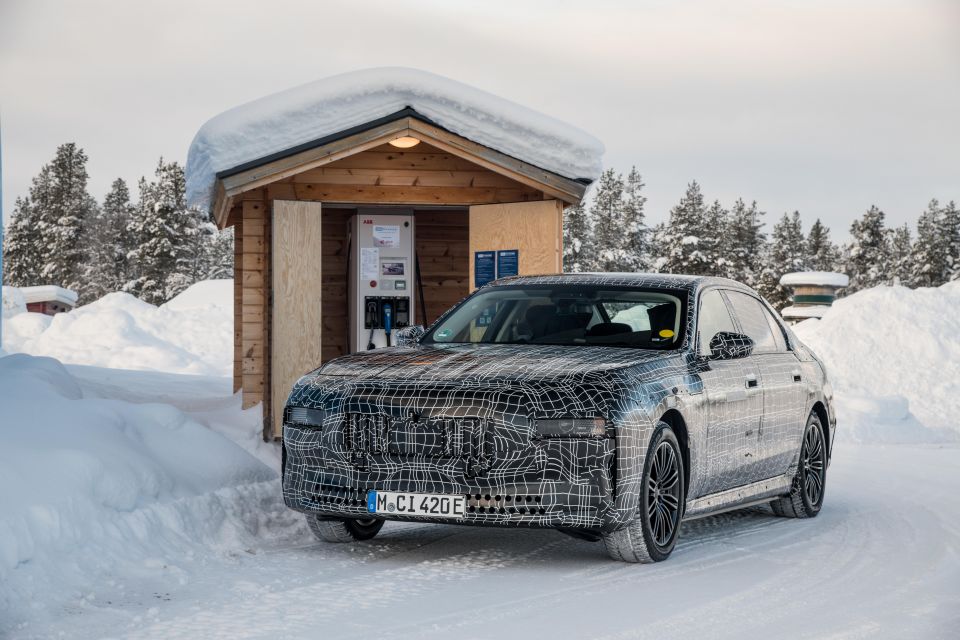
The German automaker hasn’t confirmed powertrain details, though it says power consumption will be between 19.5kWh and 22.5kWh per 100km under the WLTP test cycle “based on the vehicle’s current level of development”.
BMW says the i7’s electric drive, high-voltage battery, power electronics and charging technology all originate from the BMW iX crossover, and represent the fifth generation of BMW’s eDrive technology.
The iX has a dual-motor all-wheel drive set-up, with 240kW of power and 630Nm of torque in the base xDrive40, and 385kW of power and 765Nm of torque in xDrive50 variants.
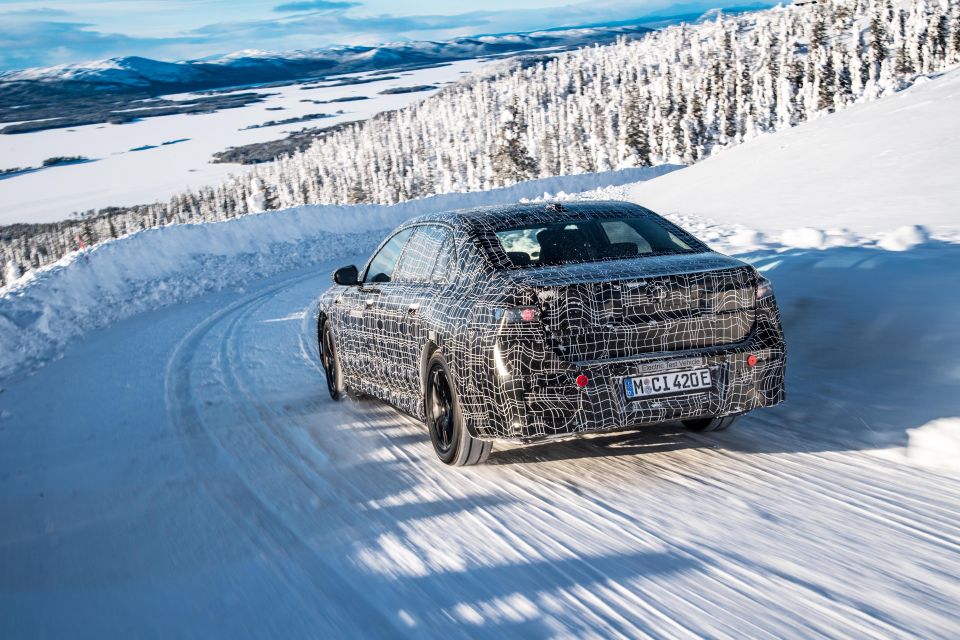
An M60 variant with over 440kW of power will arrive at a later date.
The xDrive40 has a 77kWh battery and 425km of range under the stricter WLTP test cycle, while the xDrive50 has a 112kWh battery and 630km of range.
BMW claims a 6.1-second 0-100km/h time for the xDrive40 and a 4.6-second 0-100km/h time for the xDrive50.
You can charge at up to 150kW in the xDrive40 and up to 200kW in the xDrive50. You can add more than 95km of range in 10 minutes at a DC fast charger and up to 150km in the xDrive50 with an initial battery charge of 10 per cent.
Controversially, the 7 Series and i7 will adopt a split-level front lighting set-up as seen on the Concept XM, as well as an aggressive “shark nose”.
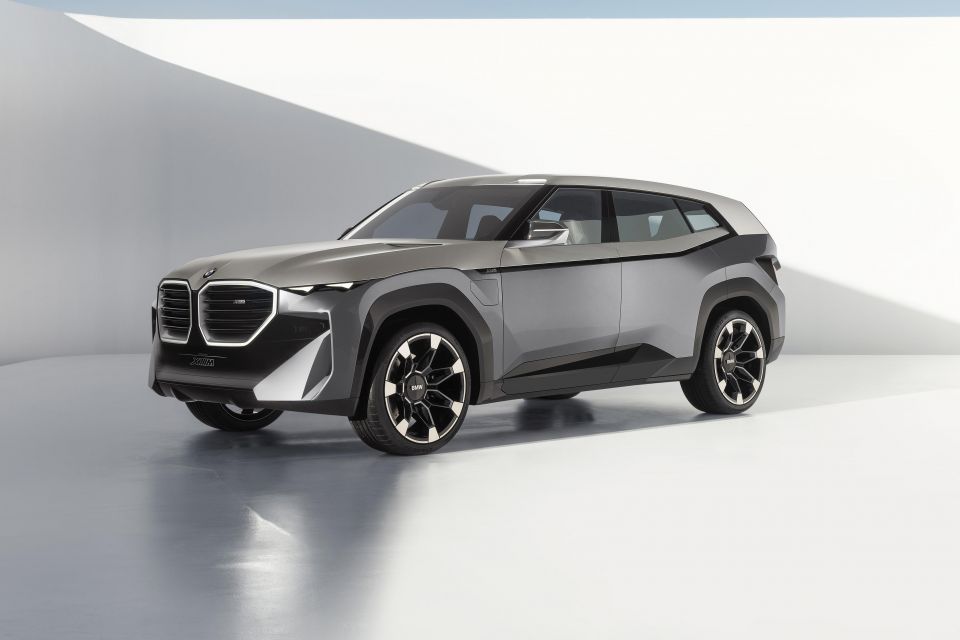
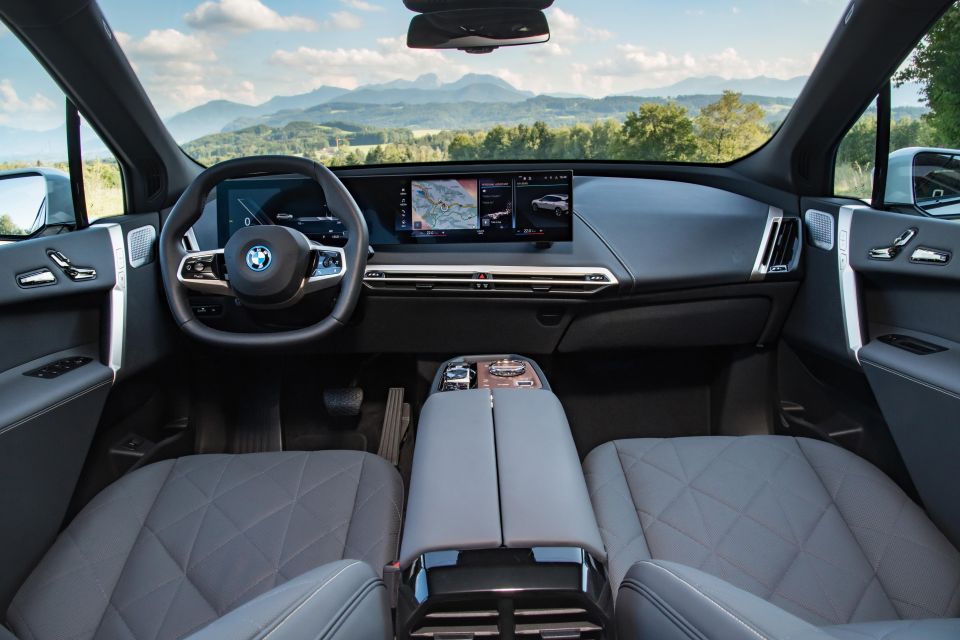
The two models share a body, though the i7 will likely be distinguished with a unique grille and wheels, among other minor trim differences.
Inside, they’re likely to feature the same “curved dash” set-up that’s proliferating throughout the BMW line-up.
In the iX, this consists of a 12.3-inch digital instrument cluster and 14.9-inch infotainment touchscreen within the same assembly.
BMW is testing the i7 at its Arjeplog winter test centre in Sweden, just kilometres away from the Arctic Circle, with test drives across snow-covered roads and frozen lakes.
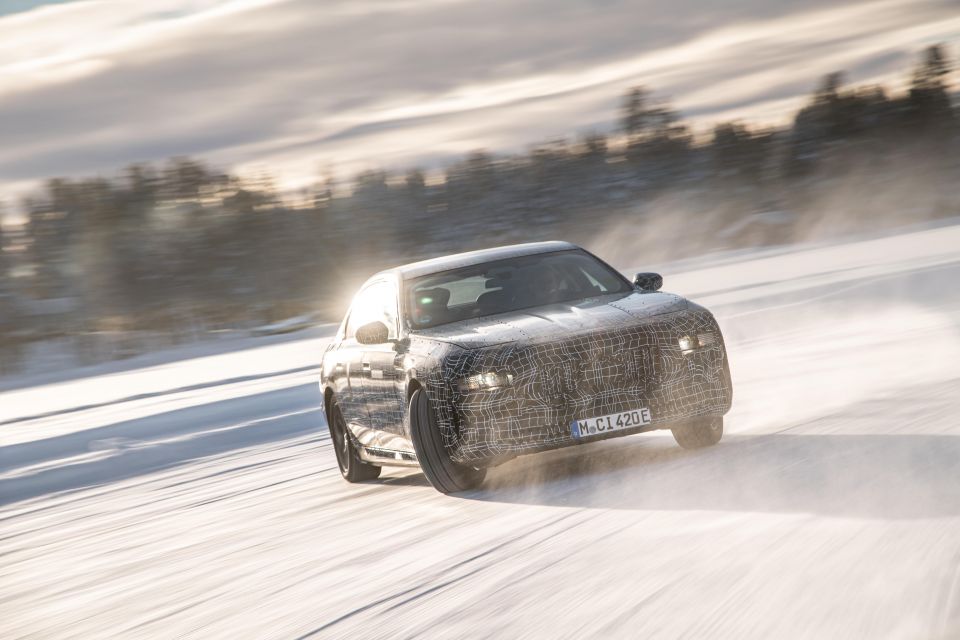
The i7 is being developed alongside its internal-combustion engine-powered sibling, which will also be offered with a plug-in hybrid powertrain.
BMW says this integrated development guarantees “the characteristic combination of both sporty and comfort-oriented handling properties along with the exclusive spaciousness of a BMW luxury sedan” and that the sedans will “raise the balance between sportiness and ride comfort so typical of the brand’s luxury sedans to the next level”.
“For the first time, it is possible to experience a luxury sedan that is characterised by elegance, ride comfort and supremacy without restriction and in conjunction with a purely electric drive system,” the company says in its press release.
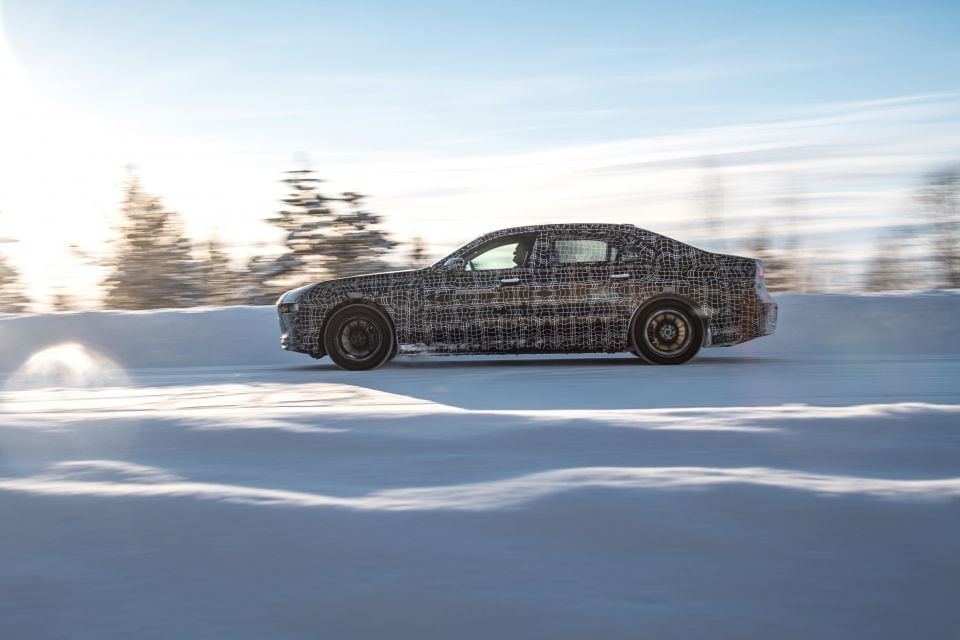
The i7 will go up against the Mercedes-Benz EQS, though its arch-rival has employed a very different strategy.
The EQS, besides being a liftback, rides a dedicated electric vehicle architecture that’ll also underpin the EQE, EQE SUV and EQS SUV and supports DC fast-charging at up to 200kW.
The rear-wheel drive EQS 450+ and all-wheel drive EQS 580 feature a 107.8kWh battery, with claimed range of up to 770km on the WLTP cycle.
The former produces 245kW and 568Nm with a 0-100km/h time of 6.2 seconds, the latter 385kW and 855Nm with a 0-100 time of 4.3 seconds.
Sitting above them will be the all-wheel drive Mercedes-AMG EQS 53, with 484kW, 950Nm and a 0-100 time of 3.8 seconds, plus range of 580km.
MORE: Everything BMW 7 Series
Where expert car reviews meet expert car buying – CarExpert gives you trusted advice, personalised service and real savings on your next new car.
William Stopford is an automotive journalist based in Brisbane, Australia. William is a Business/Journalism graduate from the Queensland University of Technology who loves to travel, briefly lived in the US, and has a particular interest in the American car industry.


Matt Campbell
5 Days Ago


James Wong
4 Days Ago


Max Davies
3 Days Ago


Josh Nevett
2 Days Ago


Josh Nevett
1 Day Ago
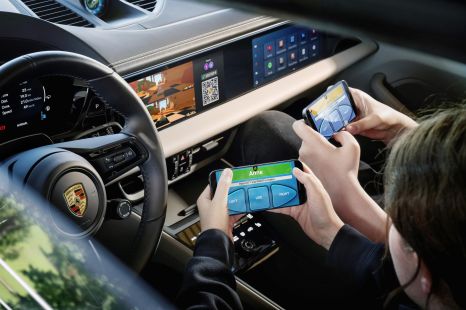

James Wong
17 Hours Ago